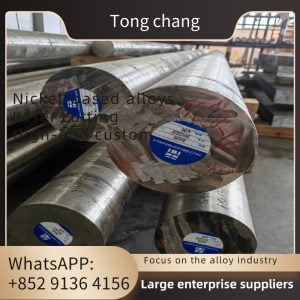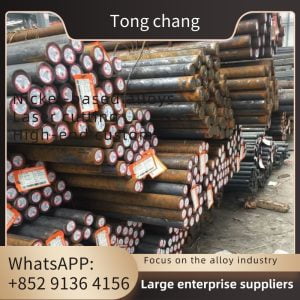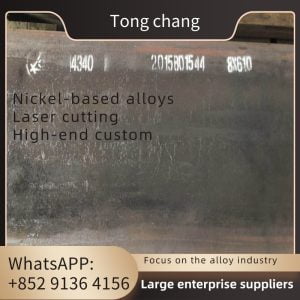| 产品名称 | 翅片管 | 管道材料: | ASTM A179/ASME SA179 |
|---|---|---|---|
| 鳍片材料 | 铝合金 1060 | 卡套管外径 | 最大 50.8 毫米 |
| 管道长度: | 定制 | 鳍片高度: | 最大 16.5 毫米 |
| 强光 | G 型冷凝器嵌入式翅片管, G 型嵌入式翅片管, 冷凝器嵌入式翅片管 | ||
ASME SA179 铝质 1060 嵌入式翅片管 G 型翅片冷凝器
G 型翅片管的优点
1.传热能力强:与光导管相比,传热面积可增加 2-30 倍,传热系数可增加 1-2 倍。通常在热能动力设备的转换中,换热面积大,生活中很多设备都会用到。智能化的形象设计,让生活中的环境得到更好的保护。
2.结构紧凑:随着单位体积传热面积的增加,传热能力也随之提高。与相同热负荷的雨淋管相比,G 型翅片管换热器的管子数量更少,筒体直径或高度可以减小,因此结构紧凑,易于布置。
3. 可以更有效、更合理地使用材料:不仅因为结构紧凑,减少了材料用量,还可以根据传热和工艺要求灵活选择材料,如使用不同材料拼接或焊接。
4.加热介质时,与光管相比,在相同的热负荷下,G-翅片管的管壁温度降低,有利于减少金属表面的高温腐蚀和超温损伤。无论介质是加热还是冷却,传热温差都小于光管,有利于减少管外表面的结垢。水垢减少的另一个重要原因是,G 型翅片管不会像光管那样沿圆周或轴线形成均匀的整体垢层。在膨胀和收缩的作用下,沿鳍片和管道表面形成的水垢会在鳍片根部断裂,促使水垢自行脱落。
5.对于相变传热,可以计算出传热系数或临界热通量。
G 型鳍管的缺点是成本高、流动阻力大。
例如,由于工艺复杂,空气冷却器的成本占设备成本的 50-60%;阻力大,耗电量大。但如果形状合适,则可以降低功耗,这与增强传热的好处相比是划算的。
化学成分(%) 最大值
| C | 锰 | P≤ | S≤ | Si≤ |
| 0.06-0.18 | 0.27-0.63 | 0.035 | 0.035 | 0.25 |
机械性能
| 拉伸强度(兆帕) | 屈服强度(兆帕) | 伸长率(%) | 硬度(HRB) |
| 325 分钟 | 180 分钟 | 35 分钟 | 最大 72 |
翅片管散热器的应用领域
工业制造
翅片管散热器广泛应用于化工、制药和食品加工等工业制造领域。在这些行业中,翅片管散热器可用于加热、冷却和干燥等过程。
能源部门
在能源领域,翅片管散热器可用于热电厂、核电厂、风力发电和其他应用的散热。
空调制冷
翅片管散热器还广泛应用于空调和制冷领域,如空调机组、冷水机组、冷藏设备等的散热。
汽车行业
翅片管散热器用于汽车工业的发动机冷却、汽车空调系统等。








